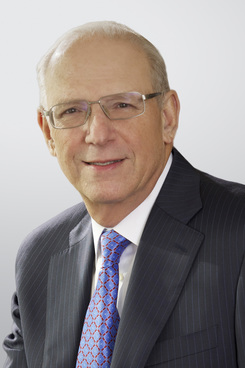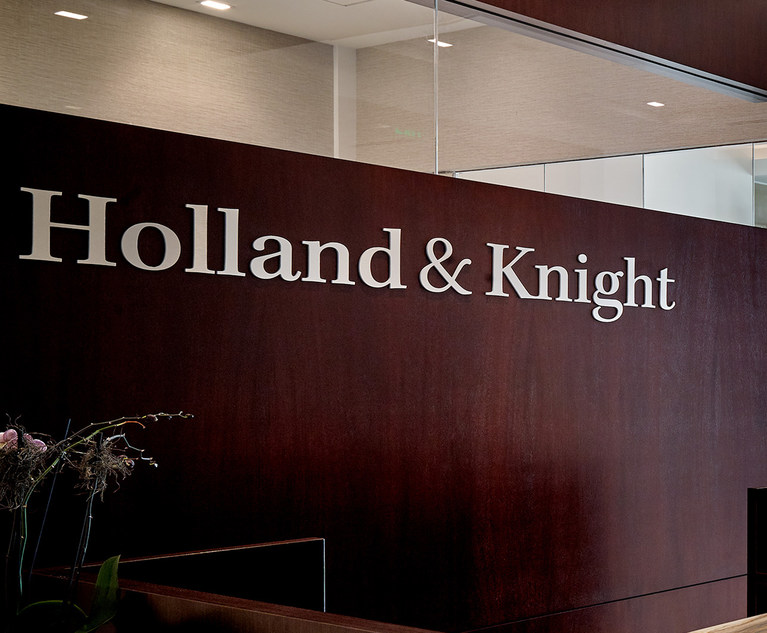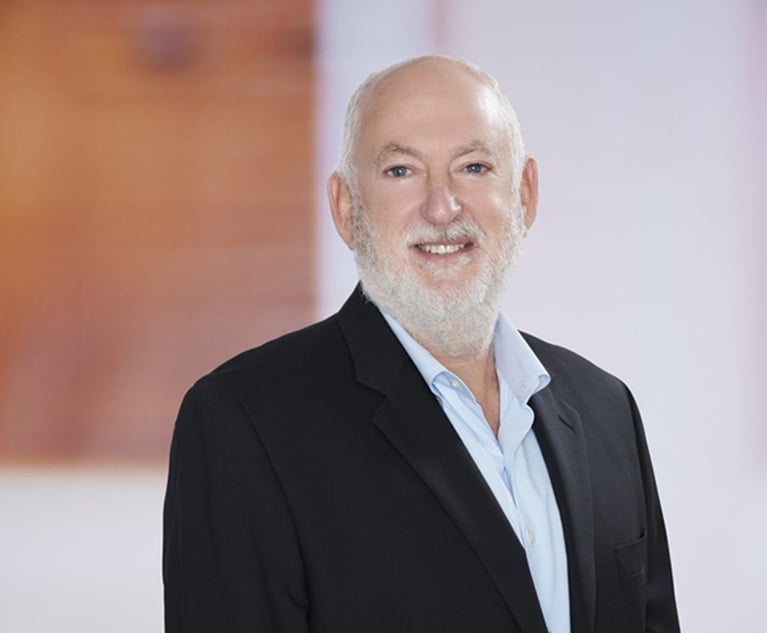Editor’s note: This is part of a series of articles detailing how law firms fared financially in 2021, leading up to the Am Law 100 report on April 26 and the Am Law 200 report on May 24. The full collection is available here.
On the heels of its August combination with Texas law firm Thompson & Knight, Holland & Knight posted $1.4 billion in gross revenue in 2021. Merging with the energy-focused Texas firm is expected to help Holland & Knight leapfrog a handful of Am Law 100 firms in the 2021 rankings after the firm placed 38th in 2020 with $1 billion in revenue.
Despite merging with a less profitable firm, Holland & Knight’s per-lawyer metrics also improved in 2021. The firm boosted profits per equity partner to $2 million from $1.7 million in 2020; Thompson & Knight’s PEP was $906,000 in 2020. Revenue per lawyer also rose to $1 million, up from $901,000 in 2020. By comparison, Thompson & Knight’s RPL was $773,000 in 2020.
In an interview, Holland & Knight managing partner Steven Sonberg said adding Thompson & Knight’s revenue ($195 million in 2020) was a major driver for the firm’s $400 million revenue growth. But the firm’s major practices also pulled contributed, including 23% revenue growth in corporate M&A and 19% growth in financial services. Real estate revenue was up 15%, private wealth increased by 11%, and litigation posted a 9% revenue bump.
 Steven Sonberg, managing partner Holland & Knight. Courtesy photo
Steven Sonberg, managing partner Holland & Knight. Courtesy photo
“Broadly, we had success across all of our major practices,” Sonberg said.
For 2022, Sonberg said he’s bullish on countercyclical practices such as bankruptcy and workouts, to which the firm added lawyers in 2021 despite lagging demand because of an expected slowdown in economic growth. Demand also lagged in the firm’s Mexico City and Bogota offices as political unrest stifled capital markets in Mexico and Colombia.
This year, Sonberg said demand is rising for energy practices — including those of the lawyers who joined from Thompson & Knight — as the war in Ukraine spurs volatility in the market. Renewable energy practices are also benefitting from the volatility and rising demand for clean energy sources.
The firm’s full-time equivalent head count rose from 1,158 lawyers in 2020 to 1,393 lawyers in 2021. Thompson & Knight claimed 252 full-time attorneys in 2020, although The Texas Lawbook reported in August that the firm’s headcount had dwindled to 200 lawyers by the merger’s completion.
Both firms saw equity partner departures before and after the merger. The sum of the firm’s equity tiers totaled 292 partners in 2020, including 84 equity partners at Thompson & Knight. For 2021, Holland & Knight listed 233 equity partners.
A cadre of law firms in Texas and across the country benefitted from the Thompson & Knight departures, which some laterals attributed to irreconcilable conflicts resulting from the merger. Bracewell picked up a group of seven healthcare lawyers in Dallas and Houston. O’Melveny & Myers launched an Austin office with three Thompson & Knight energy partners. Stinson picked up two real estate partners in Dallas. Sidley Austin, Baker & Hostetler, McGuireWoods, and Haynes and Boone made individual partner pick-ups.
Holland & Knight also saw attrition in the deal, which saw Thompson & Knight equity partners entering firm ownership with just over half the average profits of Holland & Knight equity partners.
“I think our partners are very realistic about the requirements and the need for growth, and that translates into recognizing that you’ve got to make investments in people, in the future, in compensation areas,” Sonberg said, “and raising expectations in terms of what you’re prepared to invest in the practice: The amount of time you work and the clients you represent.”
Those expectations also contributed to losses for Holland & Knight. Facing a return to the office and the grind of firm ownership, some equity partners left the firm in 2021 to open boutiques, take in-house gigs, or retire early.
“It’s been a time when people have reassessed their lifetime objectives, looked at where they are today and what’s going to happen over the next 10 to 15 years, and concluded that Big Law was not for them anymore,” Sonberg said.
Amid the departures caused by conflicts, lifestyle changes, and opportunistic recruiters, Holland & Knight also added 45 partners outside the merger in 2021. Most joined the nonequity tier, a firm spokesperson said.
The firm also added two offices in 2021. In February, it opened in Orange County, California, with seven litigators from complex commercial litigators from the Enterprise Counsel Group. In November, the firm added a Richmond, Virginia, office by relocating four financial services litigators from its office in Tysons, Virginia. Both expansions were spurred by a desire to expand to growing business centers that aligned with the firm’s industry focuses, Sonberg said.
Expenses rose for a variety of reasons in 2021, chiefly attorney and staff compensation and increasing technology investments such as automation that ultimately lower costs for the firm and its clients.
Relatedly, Sonberg said Holland & Knight hired former Shearman & Sterling executive director Kimberly Gardner as the firm’s COO in August because of her strong financial background and belief in technology and finance controls.
For 2022, Sonberg said the firm is working to increase office attendance, although the move back to the office will vary by location and practice.
“Like other firms, we are very concerned about how we are going to preserve the culture of the law firm—how are we going to pass on so many of the things that are learned from being in a room with a younger associate?” Sonberg said. “We don’t feel that you can comfortably get away from all that and have the same kind of growth and strength of our culture if everything is remote.”
Sonberg said he hopes an upcoming firm retreat in Orlando will help galvanize the firm around its ambitious goals for 2022 and beyond. With the profession changing faster than ever, Sonberg believes in-person interaction will give his attorneys the boost they need to thrive.
“You can’t really stay static, you’ve got to stay moving,” he said. “That requires the energy you get from getting people together and getting them excited and charged up about the future.”
NOT FOR REPRINT
© 2024 ALM Global, LLC, All Rights Reserved. Request academic re-use from www.copyright.com. All other uses, submit a request to [email protected]. For more information visit Asset & Logo Licensing.


 Holland & Knight office
Holland & Knight office






